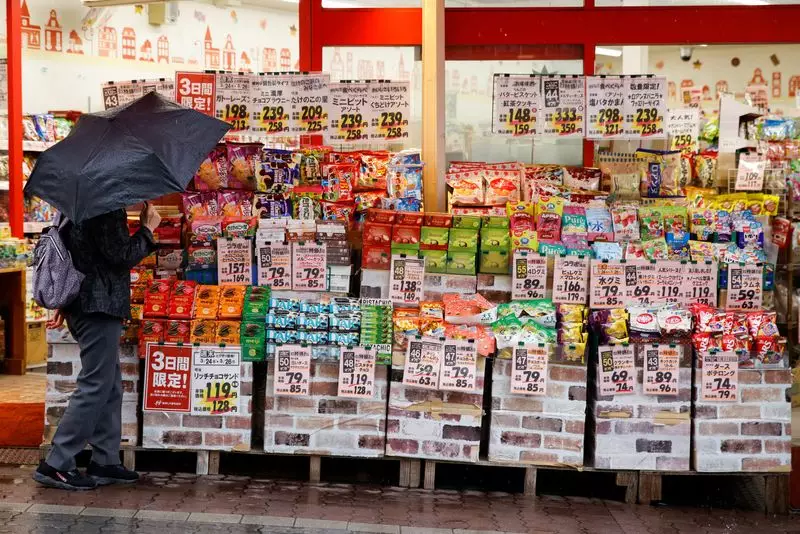In December, core inflation in Japan’s capital demonstrated notable acceleration, causing renewed interest in potential interest rate hikes by the Bank of Japan (BOJ). As reported, the core consumer price index (CPI) for Tokyo rose by 2.4% year-on-year, a modest increase from November’s 2.2%. This uptick is indicative of a broader trend in inflation, yet it fell slightly short of market expectations which projected a 2.5% rise. Notably, when fresh food costs are excluded, another inflation measure—which serves as a critical metric for the BOJ—experienced a slight dip, increasing only 1.8% in December, down from 1.9% the previous month. This nuanced behavior raises essential questions regarding sustainability in price growth and consumer spending.
The prevailing rise in service-sector prices, which climbed to 1.0% in December from 0.9% in November, suggests that wage increases are starting to have an effect. As companies glance toward higher employment costs, they may adjust their pricing strategies accordingly, a phenomenon noted by Masato Koike, a senior economist at Sompo Institute Plus. However, it remains uncertain whether this nascent wage growth can lead to sufficiently robust consumer spending, especially given the concurrent increases in utility bills and essential food items. Analysts warn that elevated costs in these fundamental categories could strain household budgets and inhibit overall consumption in the long run.
While rising wages may offer some cause for optimism regarding the condition of the labor market, the facts present a somewhat bittersweet narrative. Greater service pricing cannot be entirely divorced from the burdens facing consumers, whose disposable income may be increasingly constrained by essential expenditures. Consequently, there is potential for businesses to rein in their price hikes, jeopardizing the inflationary momentum required for BOJ policy normalization.
In contrast to the inflation figures, manufacturing data points toward a troubling slowdown. Factory output took a significant hit in November, declining by 2.3%, a worrying sign after a series of gains earlier in the year. The slump in production, particularly within the chip and automobile sectors, has fueled speculation regarding the resilience of Japan’s export-driven economy. This decline not only underscores the vulnerability of Japan’s recovery but also highlights the pressing impact of diminishing global demand, particularly as countries navigate through post-pandemic economic adjustments.
The interplay between inflation and manufacturing output poses a complicated landscape for BOJ policymakers. While the rise in prices and wages suggests progress toward the bank’s 2% inflation target, the concurrent decline in factory production raises concerns about an underlying economic fragility that could thwart recovery efforts. As pointed out by analysts, including Toru Suehiro, the apparent weakness in the industrial sector might necessitate a more cautious approach from the BOJ regarding interest rate hikes.
As the BOJ weighs its options in the upcoming policy meeting scheduled for January 23-24, all eyes are on whether the bank will execute an interest rate hike, now set at a historically low 0.25%. Economic forecasts and sentiment analyses suggest that while interest rate adjustments are anticipated—most notably reflected in a recent Reuters poll signaling a general expectation of reaching 0.5% by March—there remains a significant degree of uncertainty surrounding the timing and necessity of these adjustments.
Governor Kazuo Ueda’s caution to await further data on wage momentum and external economic influences, specifically from the U.S., underscores the complexity of the decision-making process. Markets are eager to dissect the BOJ’s next moves, particularly amid ongoing debates about whether to normalize monetary policies or maintain the current stance as deeper economic troubles loom.
Japan’s economic environment presents a nuanced and multifaceted picture. The interplay between inflationary pressures, wage growth, and manufacturing downturns will remain critical indicators for the BOJ as it navigates a path toward stability and growth in the near future.

